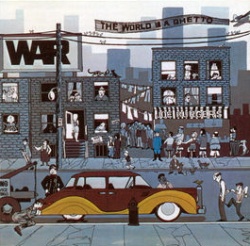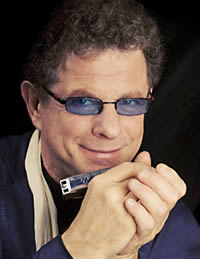Perfecting that deep 2 draw bend – Low Rider (War)
All my friends know the low rider
Few students ever arrive at the Harp Surgery knowing exactly how many bends there are or where they’re all located. Some think they do, but on closer inspection find there are gaps in their knowledge or ability. Some can draw bend but not blow bend. Some are unable to bend at all. This is a skill area that almost always needs attention. I firmly believe players of any ability should spend time working on the accuracy of their direct bends. No matter how good you are, those 3 hole draw bends can never be taken for granted.
When you start bending, it always pays to remember the Harp Surgery’s golden rule – it’s ok to make mistakes. That’s why they put erasers on the end of pencils. Perfecting your bends will involve an amount of trial and error. You will learn from your mistakes. And remember this is one of the most significant points of any harp player’s development. Be patient and persevere. You’re breaking into the big time!
The low rider is a little higher
In another article, we spoke about monitoring the accuracy of bends – How do I know I’m bending in tune? My conclusion was that all the electronic paraphernalia in the world is no substitute for using your own ears. Furthermore, instead of learning each individual bend in isolation with an electronic tuning device to determine your accuracy, what better than to pick a fun tune and learn to play the bends in context. You’re a musician after all; if the bend ain’t right, the tune won’t work.
 So without further ado, here’s a fun Latin gig to work on for that full 2D” draw bend. Grab a C harp, take a look at the tab and then listen to Lee Oskar playing Low Rider with War. It grooves like high waisters and a bottle of Cresta. If you live in the UK, you may remember hearing the horn riff at the end of a Marmite advert.
So without further ado, here’s a fun Latin gig to work on for that full 2D” draw bend. Grab a C harp, take a look at the tab and then listen to Lee Oskar playing Low Rider with War. It grooves like high waisters and a bottle of Cresta. If you live in the UK, you may remember hearing the horn riff at the end of a Marmite advert.
The opening pattern needs no bending at all, just a few glottal stops to articulate the repeated notes. The second pattern needs a direct full draw bend on hole 2D”. Miss it and mess up! Let your ears guide you in. Make mistakes and steadily perfect that bend. Once you get it, you’re gonna love it. Dig in, enjoy, and tell all your friends.
Low Rider Tab
3D..3D 3D..3D 3D 4B 4D
2D..3D 4B 3D 2D
3D..3D 3D..3D 3D 4B 4D
2D..3D 4B 3D 2D
2D”..2D” 2D”..2D”..2D”
2D”..2D” 2D”..2D”..2D”
2D”..2D…crescendo
If you need help with the deep bend in the second part of the tune, or any other techniques, I’d happy to book you in for a lesson online. You can also follow my guide to note bending here.



I’ve been trying for weeks to perfect the last 2D draw at the end. It sounds like my harp is plugged! I’ve tried so often to no avail. I’ve also looked at several examples but no explanation is given on last note. Very frustrated.
Mark
Hi Mark, thanks for visiting the Harp Surgery. Cracking the deep 2 draw bend in the second part of the harp riff isn’t straightforward if your draw bending technique isn’t already secure. Without a one-to-one, it’s impossible to gauge where the full extent of your difficulty stems from. Most likely it’s technique rather than the harmonica itself, although this doesn’t entirely exclude the harp. If you’re using a cheaper model, it can make bending difficult. I honestly believe the best solution would be to book in for a lesson at the Harp Surgery on line. We could see how strong your existing bends are and help perfect the 2D” bend for playing the tune. With best regards, Richard